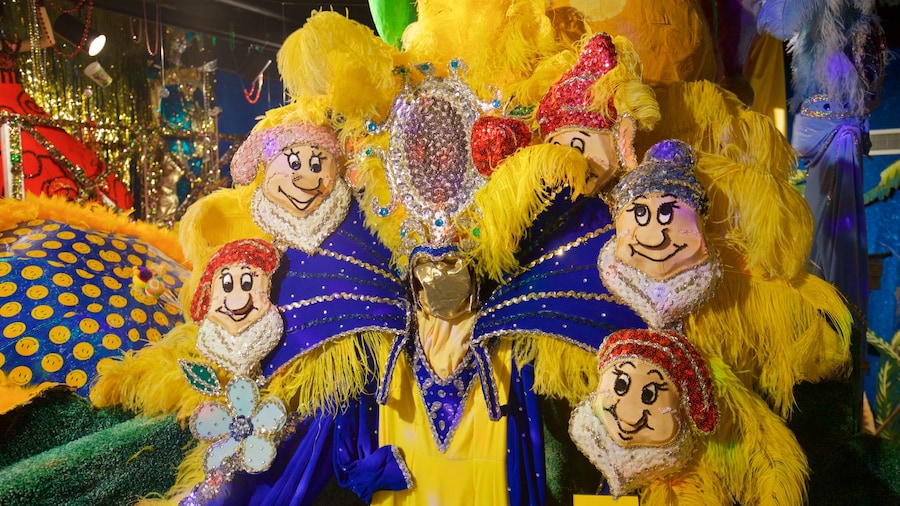Scattered across dozens of city blocks is a cornucopia of architectural styles that showcase the talents of Lake Charles’ carpenters.
Marvel at magnificent landmarks as you wander the streets of the Lake Charles Historic District. Discover hundreds of buildings, which range in style from Colonial Revival and Queen Anne Revival to Gothic Revival, Renaissance and Spanish Colonial. Some are private homes while others are churches and public buildings. The Lake Charles Historic District reflects the full spectrum of the economic scale, from affluent businesspeople to laborers.
The district’s sights date from around 1880 to 1939 and are the result of a lumber boom that began in Louisiana in the late 19th century. Lumbermen emigrated from the north and brought with them eclectic tastes that complimented the craftsmanship of the city’s French carpenters. Grand porches, porticos, classical columns, gables, turrets and towers are all common features. The district is often called Charpentier Historic District charpentier is the French word for carpenter.
Two striking buildings face each other on Ryan Street. One is the 1911 Historic City Hall, dominated by its clocktower and home to an art gallery. Opposite is the palace-like Calcasieu Clerk of Court. Visit the Church of the Good Shepherd and First Methodist Church, both built in the Gothic Revival style.]
The Temple Sinai is a prime example of Byzantine influence. Adjacent to here is the French-inspired Masonic Lodge. Be sure to visit the Mardi Gras Museum of Imperial Calcasieu. It offers an overview of the Mardi Gras festival and houses one of the world’s largest collection’s of Mardi Gras costumes.
Lake Charles Historic District is part of downtown Lake Charles. Drivers can use one of several off-street car parks in the downtown area. Amtrak Lake Charles train station is about 1 mile (1.6 kilometers) to the north.
Information brochures and a map of the district are available at the Lake Charles Visitor Center. Alternatively, download the free Lake Charles Historic Tour app to your tablet or smartphone and then follow one of the guided tours.










